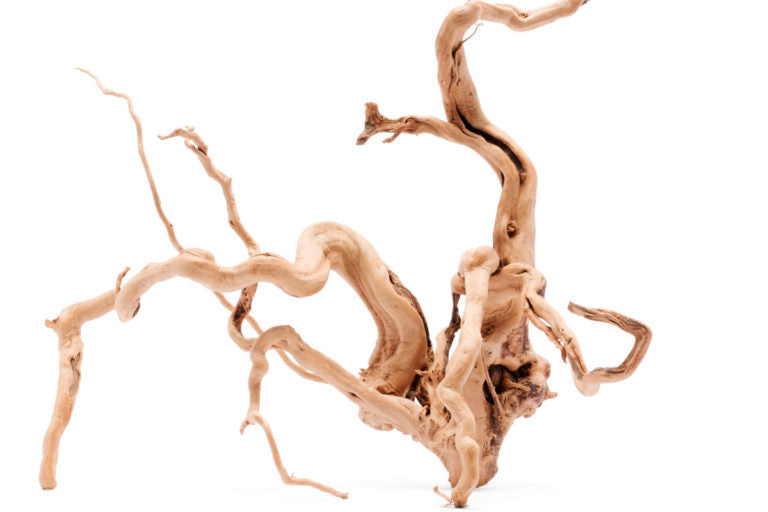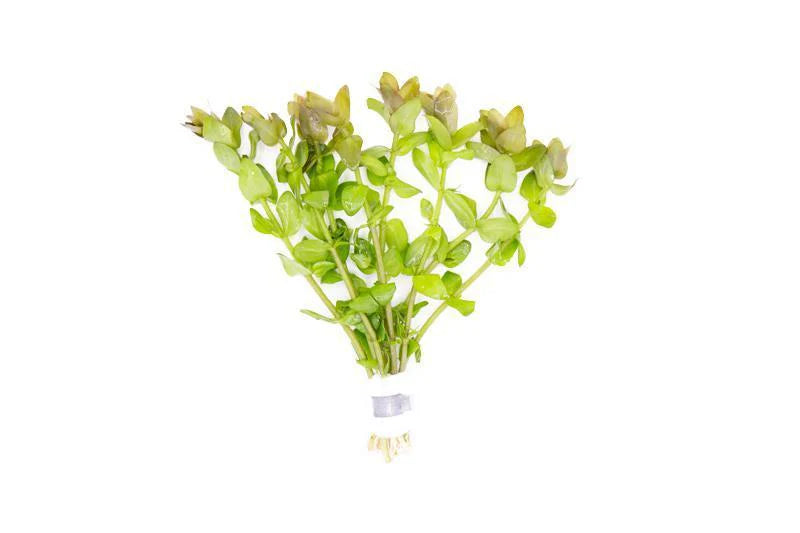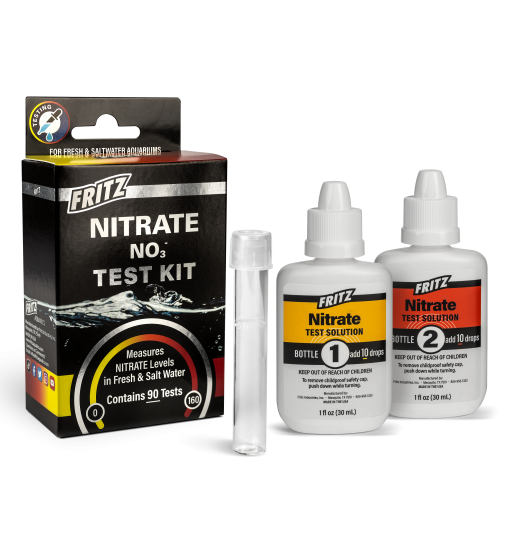This offer is valid for online purchases only, not valid at in-store location.
Spiderwood
Spiderwood – Natural Aquarium Hardscape
Spiderwood is a visually striking natural hardscape designed for freshwater aquariums, planted tanks, and shrimp or community setups. Its intricate branching structure provides natural hiding spots, resting areas, and grazing surfaces for fish, shrimp, and other aquatic creatures.
Lightweight yet durable, Spiderwood allows for creative aquascaping and adds depth and texture to your aquarium. Its porous surface can support mosses, ferns, and other epiphyte plants, while safely releasing minimal tannins to maintain stable water conditions.
Features:
-
Natural, durable hardscape for aquariums
-
Intricate branches for hiding spots and visual appeal
-
Supports moss, ferns, and epiphyte plants
-
Minimal tannin release, safe for freshwater tanks
-
Perfect for planted, shrimp, and community aquariums
Buy Spiderwood for sale online to create a functional and stunning aquascape in your aquarium.
All dry-good purchases may be returned if unopened. If the packaging for any dry goods have been opened but unused, it may still be eligible for return.
For more info regarding returns, please refer to our FAQ page.
Spiderwood – Natural Aquarium Hardscape
Spiderwood is a visually striking natural hardscape designed for freshwater aquariums, planted tanks, and shrimp or community setups. Its intricate branching structure provides natural hiding spots, resting areas, and grazing surfaces for fish, shrimp, and other aquatic creatures.
Lightweight yet durable, Spiderwood allows for creative aquascaping and adds depth and texture to your aquarium. Its porous surface can support mosses, ferns, and other epiphyte plants, while safely releasing minimal tannins to maintain stable water conditions.
Features:
-
Natural, durable hardscape for aquariums
-
Intricate branches for hiding spots and visual appeal
-
Supports moss, ferns, and epiphyte plants
-
Minimal tannin release, safe for freshwater tanks
-
Perfect for planted, shrimp, and community aquariums
Buy Spiderwood for sale online to create a functional and stunning aquascape in your aquarium.
All dry-good purchases may be returned if unopened. If the packaging for any dry goods have been opened but unused, it may still be eligible for return.
For more info regarding returns, please refer to our FAQ page.








